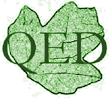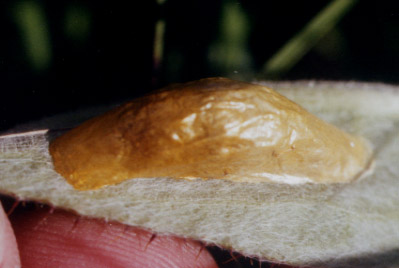 |
This
was found on the leaves of a Marsh Plume Thistle in Field Two,
but, apart from being a chrysalis, we could not identify it.
However
Peter Eeles has come to our rescue and identified it as being
from a Burnet Moth. Many thanks.
|
|
 |
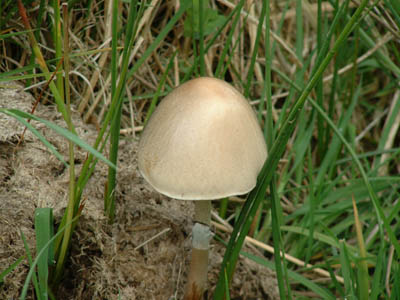 |
This
fungus was found growing in horse dung in May 2004. We believe it
to be a member of the Palaeolus family.
Our
thanks to Ivan Buxton who tells us this is a Panaeolus Fimibratus.
Following on from that we found it in Keizer (1997) who also calls
it "Anellaria semiovata "
|
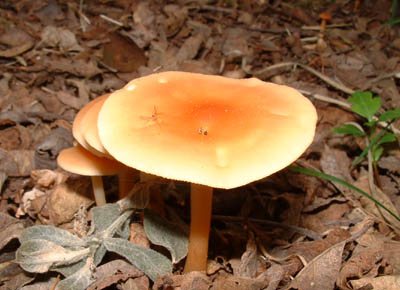 |
This
one was found under a bush, again in field one in May 2004 |
| |
|
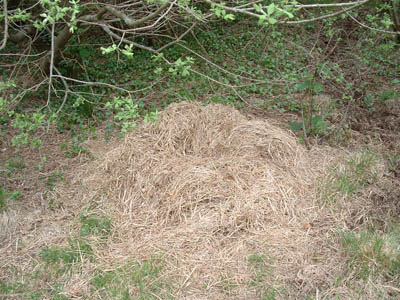 |
But
an even greater puzzle is this . This pile of grass started to appear
in May 2004 and continued to grow for a month or so. Notice it has
a slight depression in the middle. We don't know what caused it
, but Steve, who keeps the ponies, tells us that the ponies won't
go near that particular spot, whereas previously they regularly
grazed near there. Ivan Buxton suggests either a fox or badger.
Bob
H also suggests badger, but it is quite a way from any setts that
we have.
|
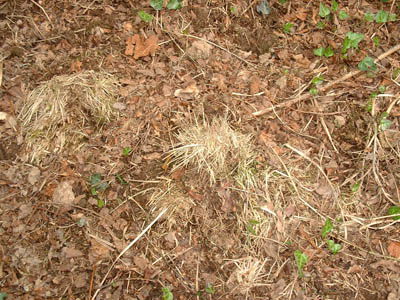 |
What
ever it is has been cutting the dried grass for quite some area around. |
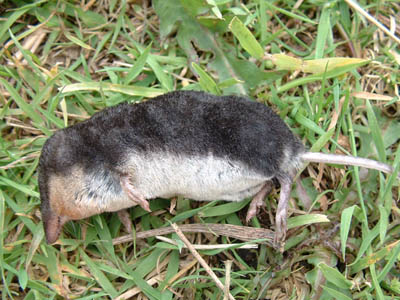 |
We
found this one in the middle of May in Field One. Although it is
a long way from the stream we believe it to be a Water Shrew ( Neomys
fodiens). It doesn't seem to have the yellow banding of the Common
Shrew and has a distinct line between the black and the white. The
Water Shrew has a bite that is poisonous to small animals and can
kill small fish and frogs. Its also the largest of the native shrews.
Ivan
Buxton agrees with us on this one, so I shall move this picture
to its rightful place when time allows.
|
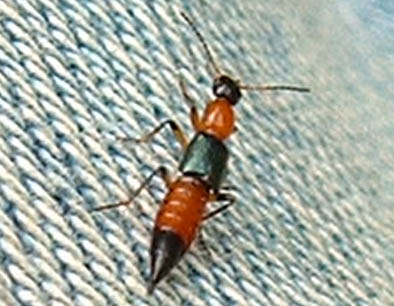 |
This
settled on a pair of jeans, so you can get an idea of the size from
the weave. The nearest we can find is a Rove Beetle (fam-Staphylinidae).
Since we put this up on the web Jerry Dicker has kindly e-mailed
us to tell us that he believes it to be a Paederus riparius.
Ivan
Buxton suggests that it is a Paederus Littoralis. Having now looked
on Google for both names I have to admit that I can't tell the difference
from the various pictures on the internet.
If
I remember "riparius" is to do with rivers and "littoralis"
is to do with coasts?
|
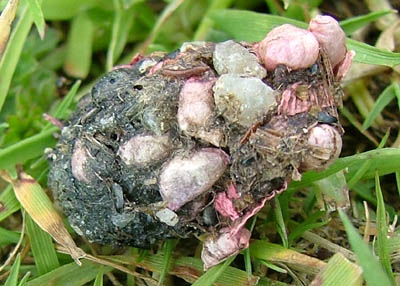 |
We
found this pellet on the 22nd May 2004. Most likely an owl? But
what are the pink and green bits in it?
|
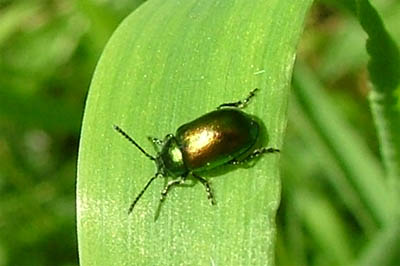 |
This
lustre beetle is quite tiny, so even on macro the picture is not as
clear as we would like. |
